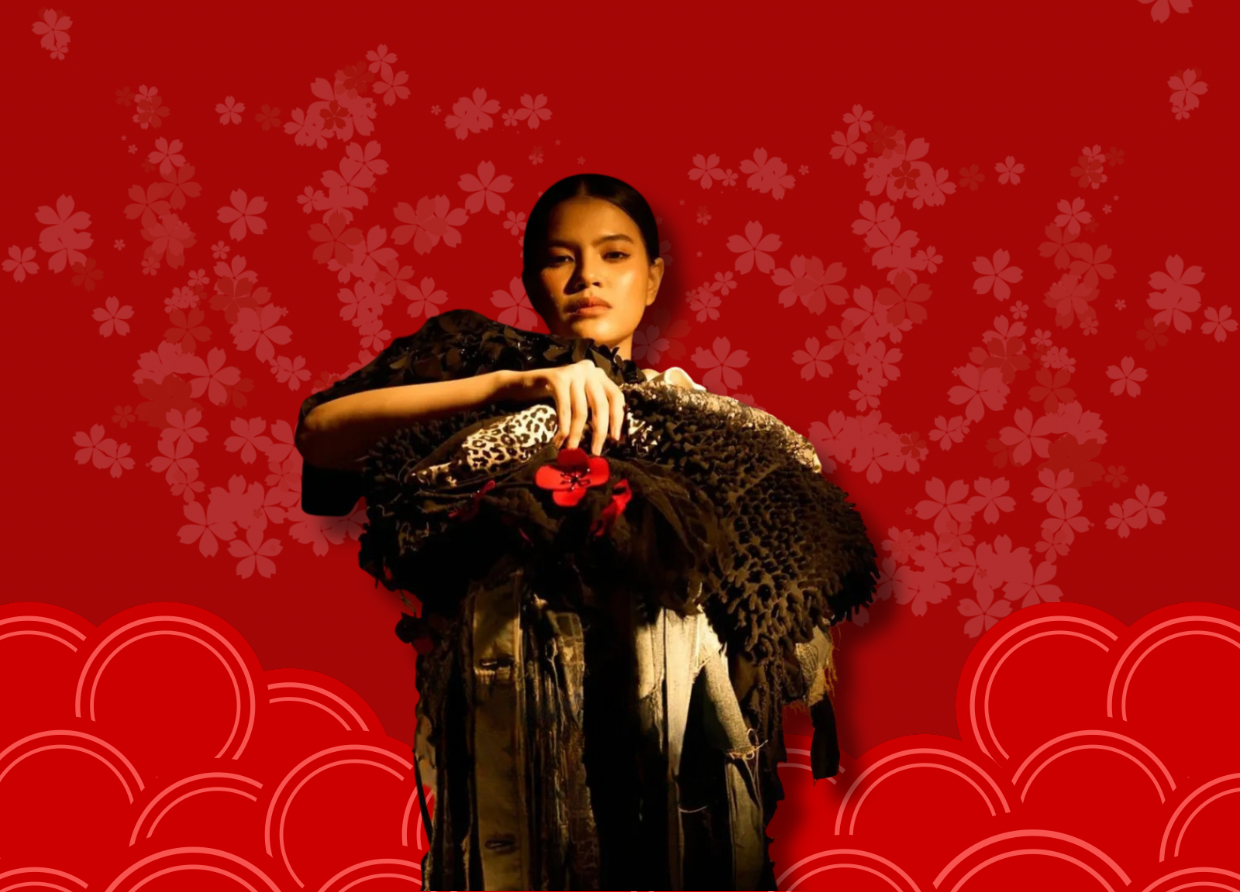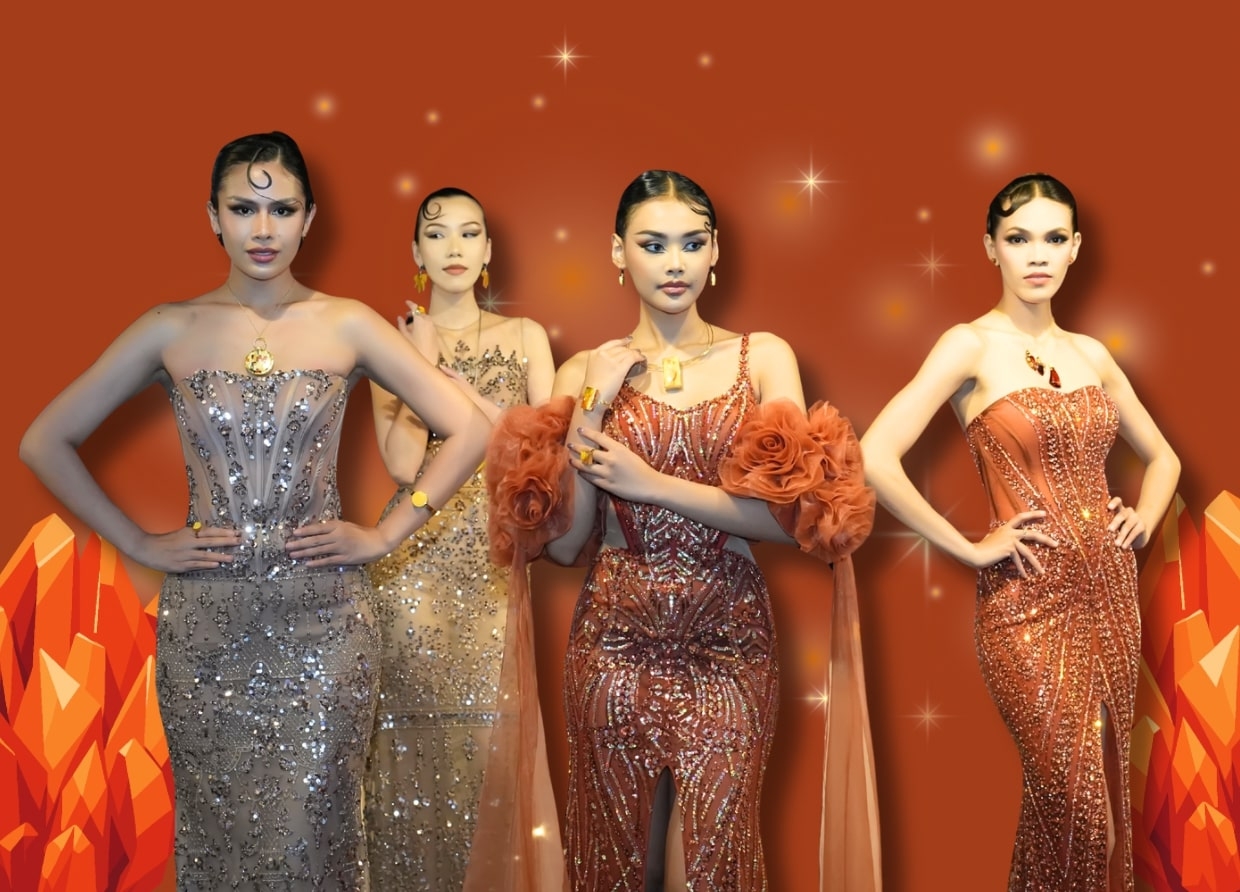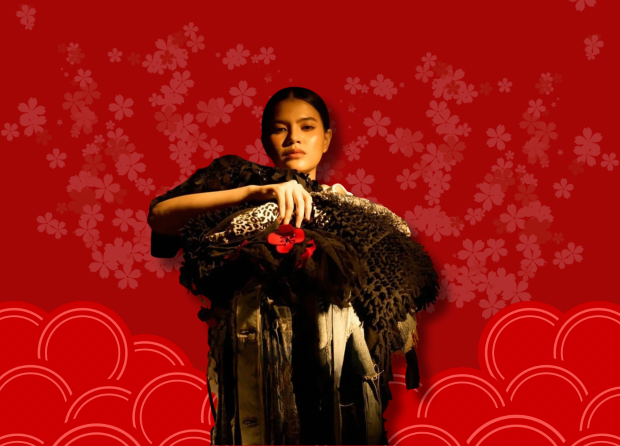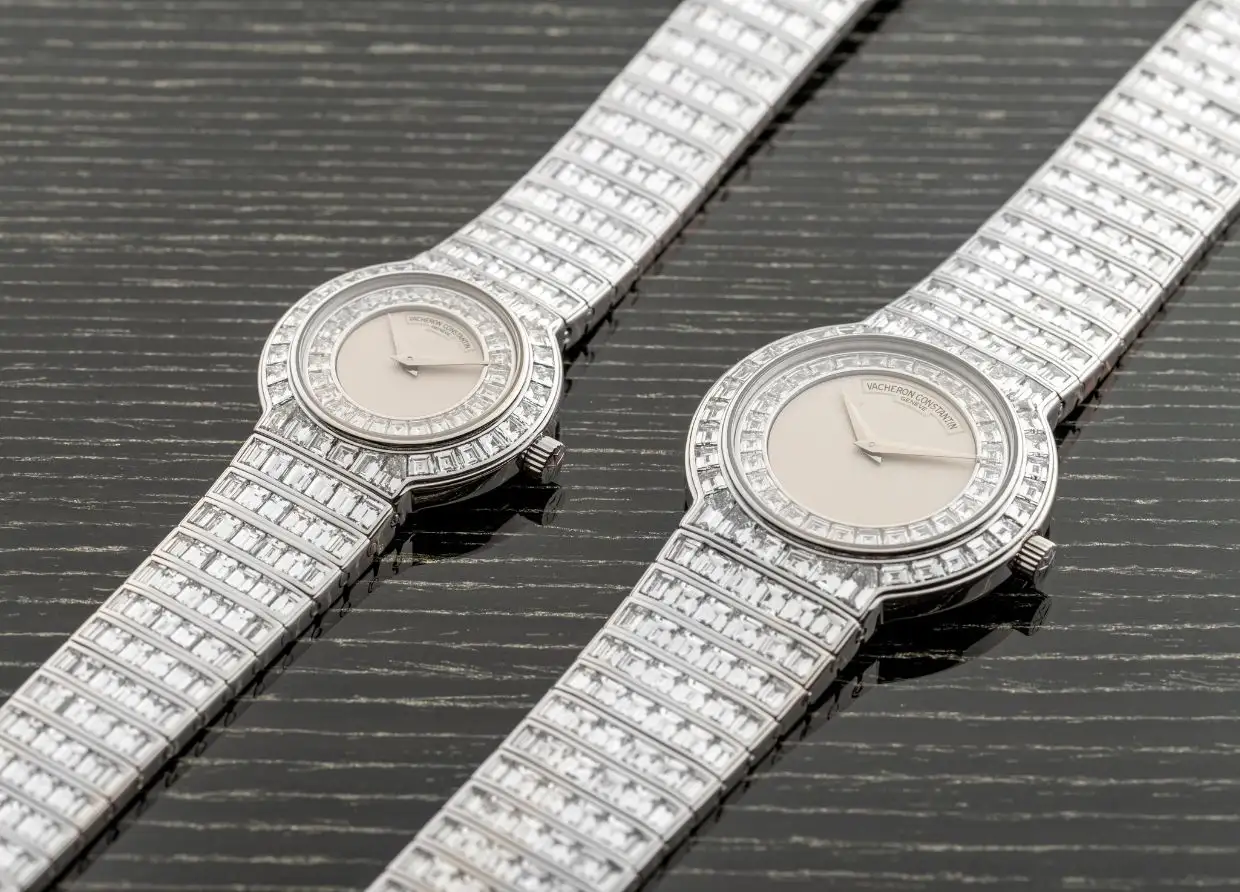YOGYAKARTA BRINGS BATIK GLOBALLY
The world's batik city is in Indonesia.
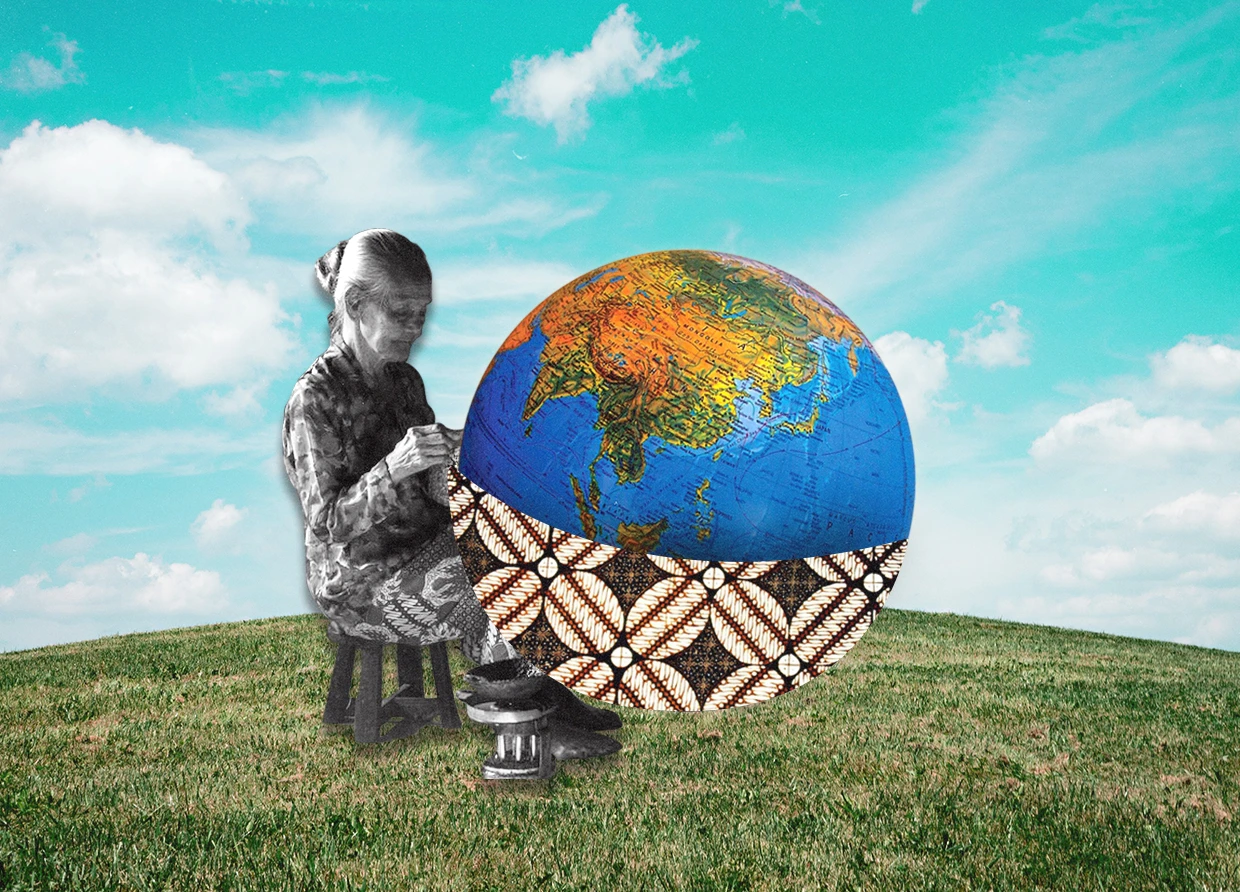
Batik is Indonesia's cultural heritage for the world. Since UNESCO inaugurated it as a World Heritage in 2009, the popularity of Batik has continued to increase. It is proven that now the world's batik city is in Indonesia. The World Craft Council actually carried out the coronation in the Special Region of Yogyakarta (DIY) in 2014.
The predicate of the World's Batik City that Yogyakarta carries proves that this cultural city has several appropriate criteria. As written in the Jogja Heritage Society, Yogyakarta is well-known for the historical values of relics of the past, like Borobudur Temple.

"Yogyakarta is very potential to be the World's Batik City. This can be seen from several criteria, such as historical value," said Laretna T. Adishakti as the Council of the Indonesian Batik Lovers Association Sekar Jagad.
Secondly, the nickname of Yogyakarta still maintains the value of authenticity even though modernity has developed a lot in society. Thirdly, the preservation value considered part of Yogyakarta's cultural roots is still well maintained.
Yogyakarta has an economic value that can increase state income through batik. This city is paying great attention to sustainable development issues, so they are considering in every artwork, it can be recycling, so it does not leave a lot of waste. Yogyakarta is seen as having global values ??that affect the change of civilization.
All of these aspects are a strong reason to crown Yogyakarta as the World's Batik City. The coronation is expected to foster the spirit of the craftsmen to be more productive in creating world-quality batik works.
Characteristic of Batik Yogyakarta
Traditional batik art is known since several centuries ago in the land of Java. If we trace the journey, the development of batik in Java will not be separated from the development of batik art in Central Java. Batik Yogyakarta is part of the developmental history of batik in Central Java, which has experienced a mix of several shades of other areas.
In ancient times, the creators of decorative batik created something beautiful to the eye and contained a meaning closely related to the philosophy of life. They created something decorative with a message and hope that sincere and noble hopefully would bring good to the wearer.
Especially, classical Batik Yogyakarta has value and taste of high art, with intricate quality and within weeks. Classical batik patterns have a certain base with many motifs, such as kawung, parang, nitik, truntum, etc. The base material is batik fine quality — white cotton cloth, also a white silk cloth.
Related to the characteristic of Batik Yogyakarta style, there are two kinds of background or base color fabric: white and black. The batik color can be white (the color of cloth), dark blue-black, and brown. The decoration was first geometric: a slash or slopes, the lines cross or kawung, as well as ornamental limaran.
Ragam is non-geometric cement, lung-lungan, and ornamental symbolic boketan. Ragam is closely associated with Hindu philosophy in Java, among others: sawat symbolizing a high crown or ruler, meru symbolizes the Meru mountain or the ground (earth), the dragon symbolizes water, the bird symbolizes the wind or the world above, geni symbolizes the flame.
#THE S MEDIA #Media Milenial #batik indonesia

